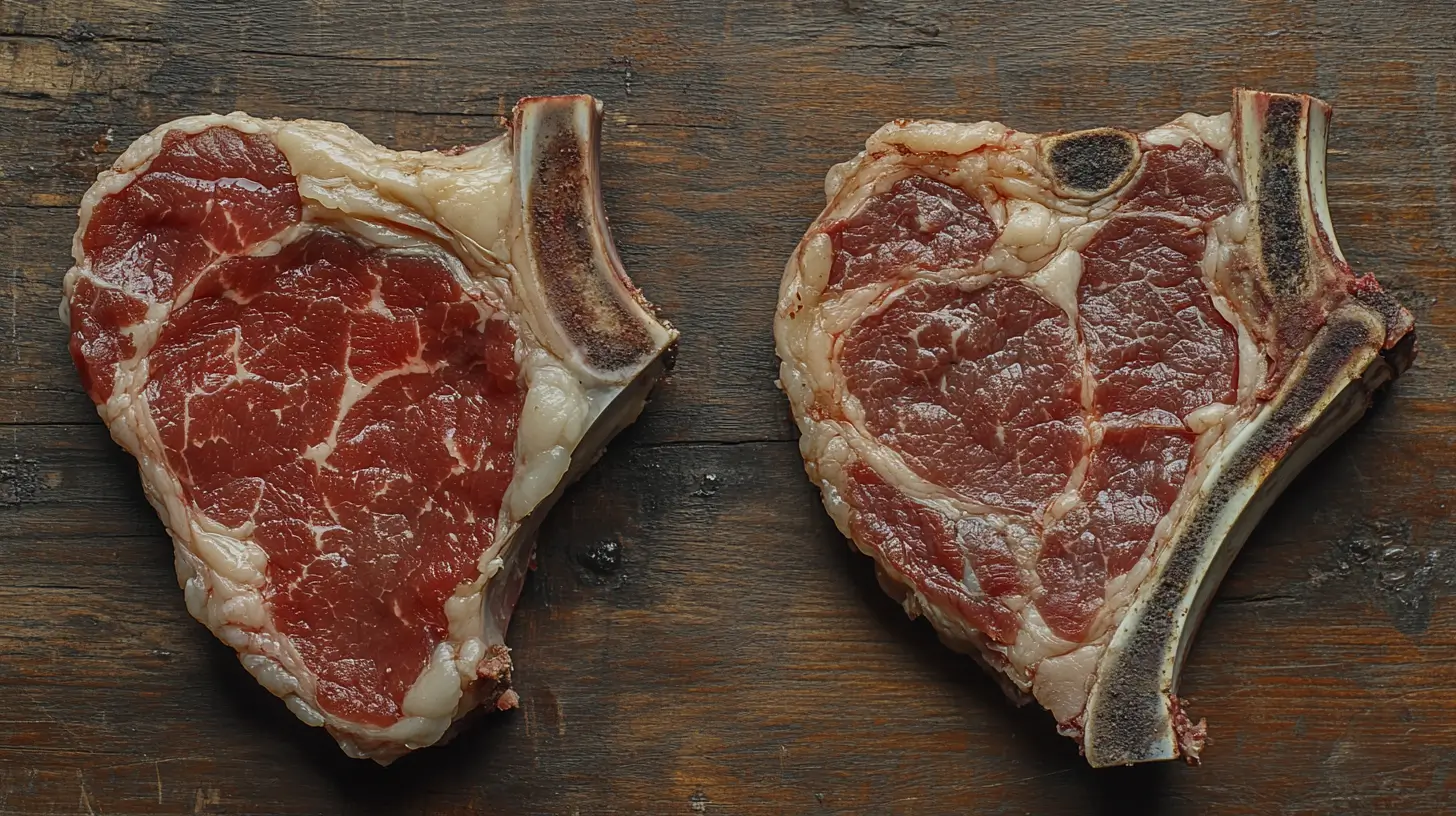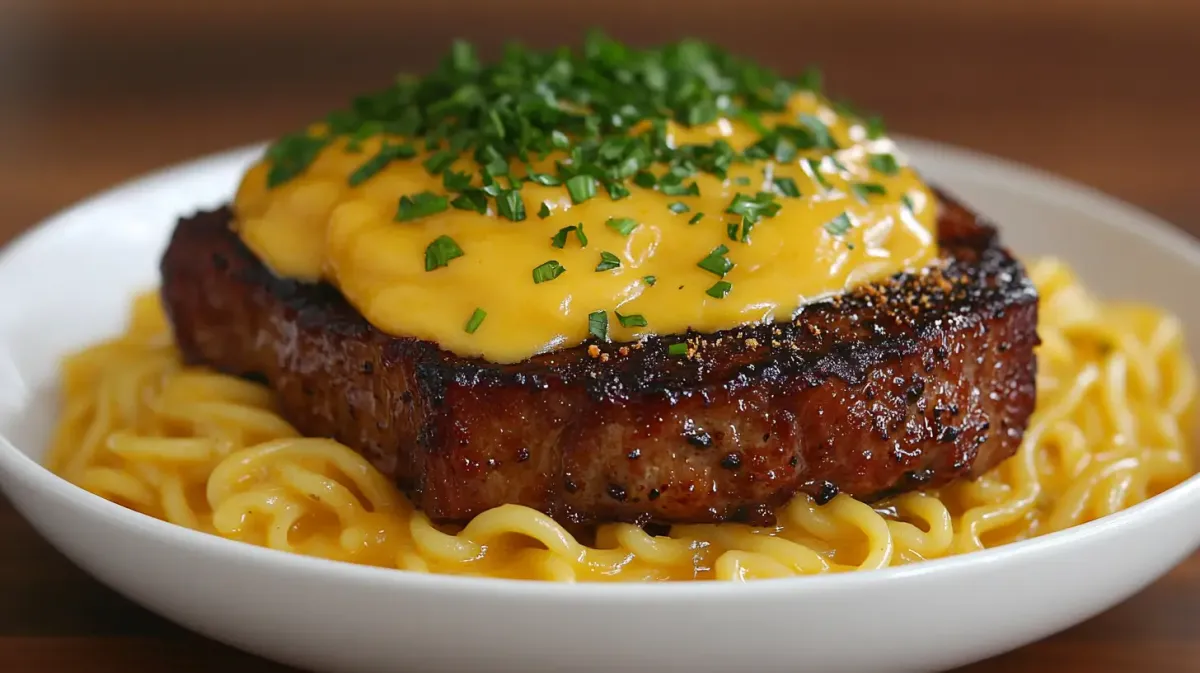- Home
- Pork Chop Protein Content
- Protein in Pork Loin Chops vs Pork Rib Chops
Protein in Pork Loin Chops vs Pork Rib Chops
How to Compare Protein in Pork Loin Chops vs Pork Rib Chops: Nutritional Insights & Benefits

Understanding the Nutritional Value: Pork Loin Chops vs Pork Rib Chops
Welcome, fellow home cooks! Whether you're a seasoned chef or a newcomer stepping into the culinary world, understanding the various cuts of meat can be quite a journey. Today, let’s focus on two popular choices in the pork section of your butcher's display: pork loin chops and pork rib chops. Surprisingly, though both come from our favorite oinker, their nutritional content, especially protein, varies more than you might think.
Having experimented with countless pork recipes, I’ve always been curious about how each cut contributes to our daily nutritional needs, not just our taste buds. So, let’s dive deep into the world of pork chops, exploring their differences and learning how to choose the right type for your diet and flavor preferences!
Pork Loin Chops: Lean and Mean
Pork loin chops are often hailed as one of the healthiest cuts of pork, thanks to their stellar combination of low fat and high protein. These chops come from the pig's back, starting from the hip and heading toward the shoulder. Here’s what you should know about these popular chops:
- High Protein Content: Pork loin chops are lean and packed with protein. A typical serving size, which is about 3.5 ounces (or 100 grams), can contain around 26 grams of protein. That’s over half of the daily recommended intake!
- Low in Fat: These chops are not only high in protein but also low in fat. A cooked lean pork loin chop might have as little as 9 grams of total fat.
- Mild Flavor: Due to their lean nature, loin chops have a subtler pork flavor compared to fattier cuts. They're perfect for those who prefer a less gamy taste.
- Cooking Methods: Due to their low-fat content, cooking methods like grilling, baking, or sautéing with a touch of olive oil help keep these chops succulent and tasty.
Pork Rib Chops: Flavorful and Slightly Fattier
Coming from the rib section, pork rib chops contain a bit more fat than loin chops, which greatly enhances their flavor and tenderness. If you’re looking for that classic pork taste, this is your go-to cut. Let’s break down the nutritional benefits:
- Protein Powerhouse: While slightly less than pork loin chops, pork rib chops still provide a robust protein punch. A 3.5-ounce serving typically offers about 23 grams of protein.
- Higher Fat Content: These chops are richer, containing more marbling of fat. This not only boosts the flavor but also the calorie count. They generally have around 12 to 16 grams of fat per serving.
- Rich, Meaty Flavor: The additional fat imbues rib chops with a deeper, more pronounced pork taste and a tender texture that’s a hit at any dinner table.
- Best Cooking Techniques: These chops shine when grilled or fried, as these methods help render the fat and caramelize the meat’s surface for an irresistible finish.
Which One Should You Choose?
Your choice between pork loin chops and pork rib chops might come down to a few factors such as dietary preferences, cooking style, and yes, your mood for flavors. If you're watching your calorie intake or prefer a leaner meat, loin chops are an excellent choice. On the other hand, if you’re in the mood for a juicier, more flavorful meal and aren't as concerned about fat content, rib chops will suit your plate better.
Both cuts are versatile and can handle a variety of spices and marinades. Experiment with herbs like rosemary and thyme, or go bold with a spicy rub. Remember, no matter which cut you choose, ensuring it’s cooked properly will guarantee the best flavor and texture. An instant-read thermometer is your best friend in the kitchen to make sure your pork chop is cooked to a safe, but still juicy, 145°F with a three-minute rest.
Summing It Up
Pork chops, whether loin or rib, offer substantial nutritional value, particularly when it comes to protein. Picking the right pork chop can depend on your personal nutrition goals, taste preferences, and cooking method of choice. Armed with this knowledge, you’re set to make informed choices at the grocery store or butcher shop.
Try both cuts to truly appreciate the variations in texture and flavor. Who knows, you might find your new favorite weeknight dinner hero! After all, the best part about cooking is the experiments—those surprising little twists and turns at the stove that lead us to perfect our meals and delight our palates.
So, grab your apron and your pork chops, and let’s make something delicious today!



